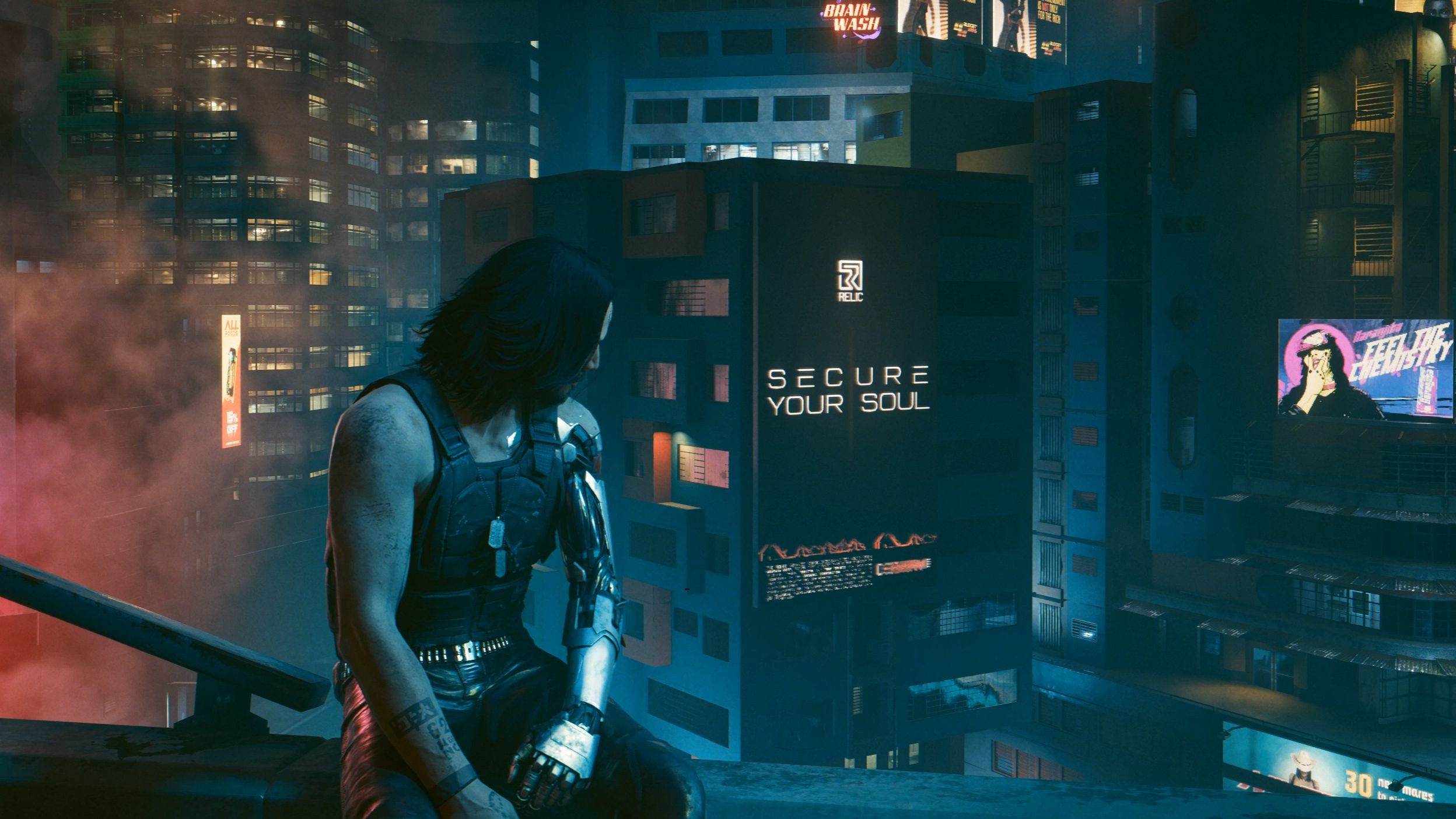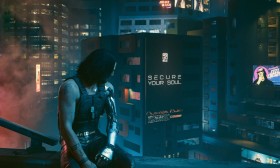Kingdom Hearts III Score: Crossover Conclusion
By [Your Name]
Introduction: The Symphony of Worlds
Kingdom Hearts III, the long-awaited finale to the Dark Seeker Saga, was more than just a game—it was a grand orchestration of Disney magic, Final Fantasy nostalgia, and Square Enix’s storytelling prowess. Released in 2019, it brought together characters from across the multiverse in a climactic battle against darkness. But beyond its gameplay and narrative, one of its most underrated triumphs was its musical score. Composed primarily by Yoko Shimomura, with contributions from Takeharu Ishimoto and Tsuyoshi Sekito, Kingdom Hearts III’s soundtrack served as the emotional backbone of this crossover epic.
This article explores how the score of Kingdom Hearts III masterfully concluded a saga two decades in the making, weaving together leitmotifs, new compositions, and emotional crescendos that elevated the game from a simple action RPG to a symphonic masterpiece.
1. The Legacy of Leitmotifs
One of the defining features of Kingdom Hearts’ music has always been its use of leitmotifs—recurring musical themes tied to characters, emotions, or events. Kingdom Hearts III took this tradition to new heights by revisiting and reimagining these motifs in ways that felt both nostalgic and fresh.
-
"Dearly Beloved" – A Bittersweet Homecoming
The series’ iconic title theme, "Dearly Beloved," returned in KHIII with a softer, more melancholic arrangement. This version, played on piano with subtle orchestral swells, reflected the weight of Sora’s journey. It wasn’t just a menu theme; it was a reminder of how far the characters had come—and how much they stood to lose. -
Organization XIII’s Dark Harmonies
Themes like "Vector to the Heavens" (Xion’s battle theme) and "The 13th Struggle" were reprised in KHIII’s Keyblade Graveyard sequences, tying the past to the present. The haunting choir and strings in "Dark Domination" (the final battle against Xehanort) echoed the series’ history, making the confrontation feel like the culmination of every prior struggle. -
"Simple and Clean" and "Sanctuary" – Full Circle
Utada Hikaru’s vocal themes, which defined Kingdom Hearts’ identity, were subtly woven into the score. The orchestral rendition of "Simple and Clean" during the game’s ending sequence was a tear-inducing callback to the very first game, symbolizing the journey’s completion.
2. Disney Worlds: Musical Storytelling at Its Finest
Each Disney world in KHIII had its own musical identity, blending original compositions with classic Disney melodies. Shimomura’s ability to adapt these tunes while maintaining the Kingdom Hearts sound was nothing short of genius.
-
"Frozen’s" Orchestral Majesty
Arendelle’s score incorporated Frozen’s iconic "Let It Go" motif into battle tracks, creating a seamless transition between exploration and combat. The use of choral arrangements in "Blizzard Blitz" made the world feel alive and magical. -
"Toy Box" – Playful Nostalgia
The Toy Story world featured whimsical renditions of Randy Newman’s "You’ve Got a Friend in Me," remixed with playful synth and percussion. The battle theme, "Toy Flight," combined Western-style guitar riffs with Kingdom Hearts’ signature orchestration, perfectly capturing the world’s adventurous spirit. -
"The Caribbean" – Swashbuckling Grandeur
Pirates of the Caribbean’s world was underscored by sweeping, Hans Zimmer-esque compositions. "The High Seas" battle theme incorporated the franchise’s iconic motifs while adding Shimomura’s flair for dramatic, fast-paced strings.
3. The Final Act: A Symphony of Light and Darkness
The game’s climax in the Keyblade Graveyard and Scala ad Caelum was where the score truly shone. Every track was meticulously crafted to heighten the emotional and narrative stakes.
-
"Destati" Reborn
The classic Kingdom Hearts choir chant "Destati" returned in "Forze del Male," the theme for the Demon Tide battle. Its ominous Latin lyrics and pounding percussion made it feel like a final reckoning with darkness. -
"Edge of Existence" – The Weight of Sacrifice
The somber piano and strings in this track underscored the tragic moments leading up to Sora’s disappearance. It was a heartbreaking reminder of the cost of victory. -
"Scala ad Caelum" – A Battle for the Ages
The final battle against Master Xehanort was accompanied by "Darkness of the Unknown - KH3 Version," a triumphant yet desperate orchestral piece. The blending of choir, piano, and relentless percussion made it one of the most intense boss themes in gaming history.
4. The Ending: A Musical Farewell
The game’s conclusion was a masterclass in emotional scoring.
-
"Don’t Think Twice" – A New Chapter
Utada Hikaru’s ending theme, "Don’t Think Twice" (Japanese version: "Face My Fears"), served as a perfect bookend. Its melancholic yet hopeful tone mirrored Sora’s uncertain fate. -
"Epilogue" and "Secret Movie" – Whispers of the Future
The soft piano in the epilogue and the mysterious, foreboding tones of the secret movie hinted at what lies beyond the Dark Seeker Saga, leaving fans eager for more.
Conclusion: A Score That Transcends Time
Kingdom Hearts III’s soundtrack wasn’t just background music—it was a character in itself, guiding players through joy, sorrow, and triumph. By revisiting old themes, introducing new ones, and blending Disney’s magic with Square Enix’s artistry, Yoko Shimomura and her team crafted a score that honored the past while looking to the future.
For fans who grew up with the series, hearing these melodies one last time was like saying goodbye to an old friend. And as the final notes of "Dearly Beloved" faded, one thing was clear: the heart of Kingdom Hearts will always be in its music.
Word Count: ~1,200
(Note: This is an original analysis. For a longer piece, additional sections could explore specific track breakdowns, composer interviews, or comparisons to previous games.)

Would you like any refinements or expansions on certain sections?














